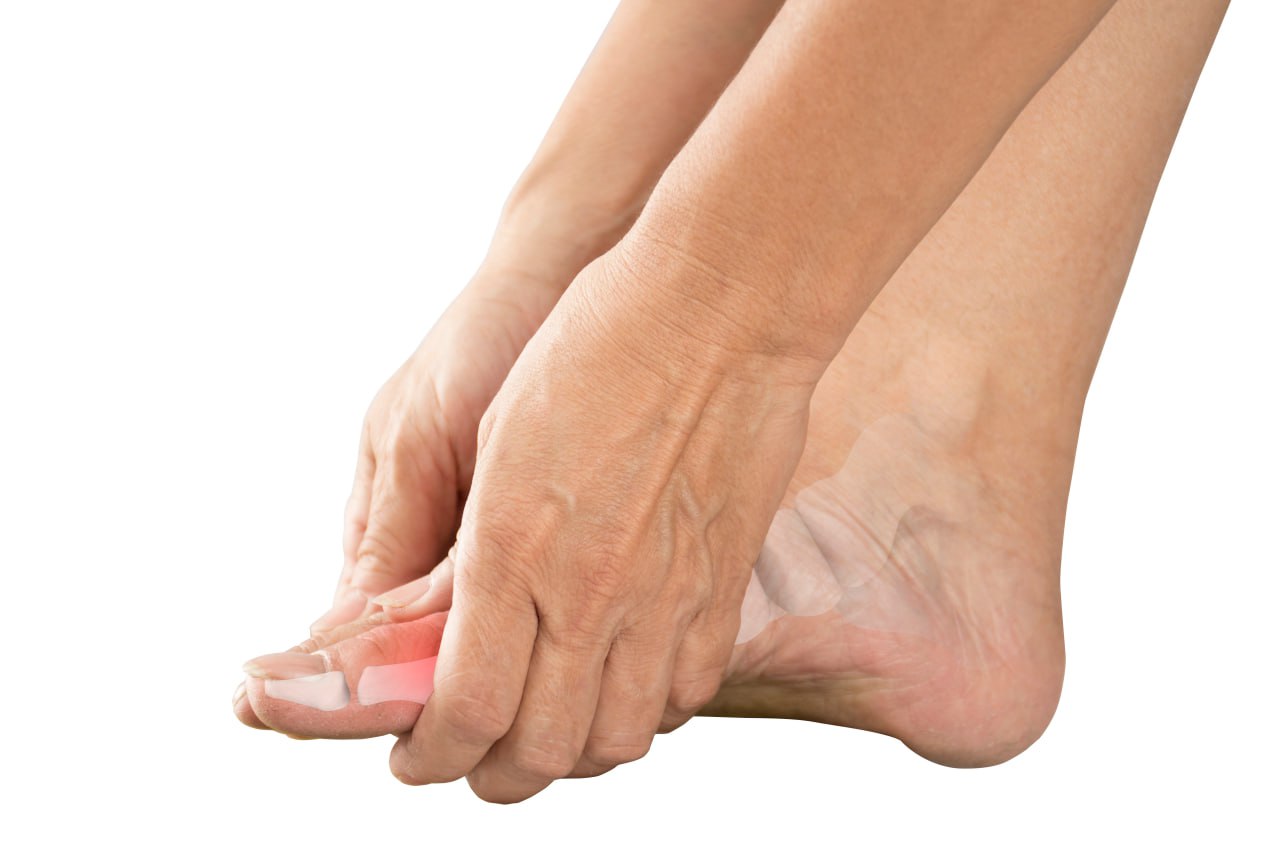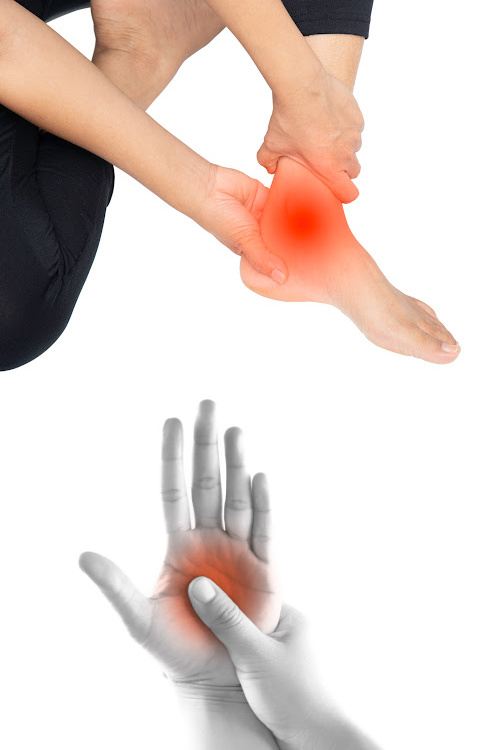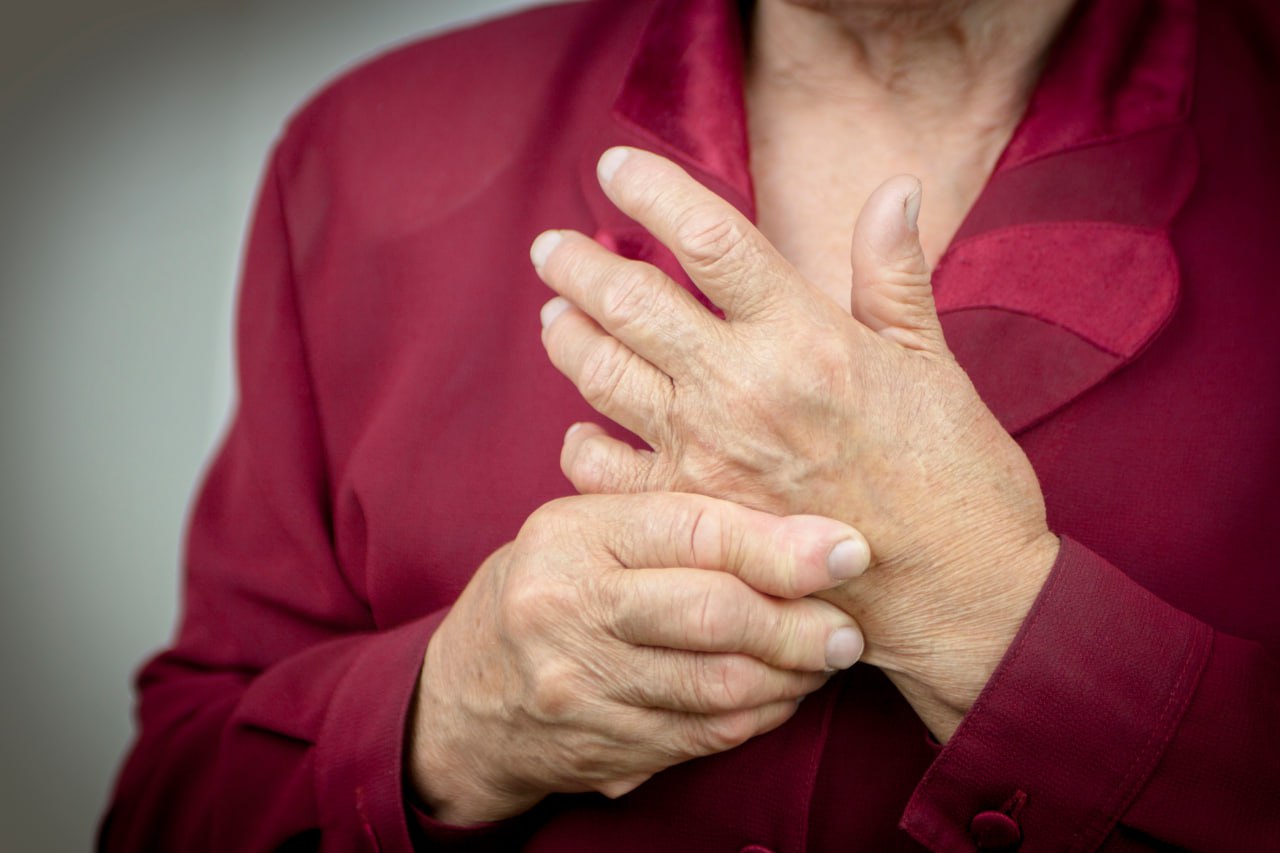When it comes to tenderness and pain caused by touching your skin, it can be difficult to understand why this is happening. You may feel an overwhelming sensation of discomfort when touched, making everyday activities more challenging. Such pain and tenderness can even affect your sleep since it can be difficult to find a comfortable position.
The cause of such sensations can vary widely from person to person. Still, in most cases, these feelings are due to an underlying medical condition affecting the nerves in the body. This article will explore the reasons behind tenderness and pain when touched and provide some possible treatments for managing it.
Recognizing The Signs And Symptoms
The signs and symptoms of tenderness and pain vary depending on the underlying cause. Generally, people who suffer from this type of sensation will feel an overwhelming discomfort when their skin is touched or pressed against something. This pain may be accompanied by the following symptoms:
- Localized discomfort: Localized discomfort is a feeling confined to a specific area and does not spread to other parts of the body. It means that you may feel soreness or pain directly around the tender area, but not in any other area.
- Skin sensitivity: Skin sensitivity can occur anywhere on the body but is most commonly noticed around the affected area. This may include a feeling of tenderness or tightness when touched.
- Redness or swelling: Redness or swelling near the affected area is a common sign of tenderness. This may be accompanied by warmth to the touch and can last for an extended period of time.
- Numbness or tingling: People who suffer from tenderness and pain may also experience some degree of numbness or tingling. Such sensations range from mild to severe and are usually felt around the affected area.
- Temperature sensitivity: Temperature sensitivity is also very common. People may experience sudden pain in the tender area when exposed to extreme temperatures, such as cold or hot weather.
- Muscle stiffness: Muscle stiffness is another common symptom of tenderness and pain. People may experience tightness or aching in the affected muscles when they move or use them.
- Skin texture changes: The tender area may also exhibit changes in the skin’s texture. This can include dryness, itching, bumps, or raised patches of skin.
What Causes Tenderness And Pain In The Body?
The cause of tenderness and pain when touched can vary widely, depending on the individual. In most cases, however, these sensations are generally caused by an underlying medical condition. Some of these medical conditions can include:
Tendonitis
Tendonitis is an inflammation of the tendons that can lead to feelings of tenderness and pain in the affected area. Tendons are fibrous cords that attach your muscles to your bones and help them move. When these become inflamed, it can cause localized tenderness and pain in the area when touched.
Tendonitis is often caused by repetitive movements or overuse of certain muscles, resulting in swelling and irritation around the tendon. For example, if someone overuses their hands or wrists while typing on their computer, the tendons that attach the muscles to the bone could become inflamed and cause tenderness.
Rheumatoid Arthritis
Rheumatoid arthritis is an autoimmune disorder that can cause inflammation and joint pain. This condition affects the body’s ability to properly regulate its immune response, resulting in swelling and stiffness in some regions of the body. As a result, people with this condition may experience tenderness or pain when their skin is touched.
Fibromyalgia
Fibromyalgia is a chronic condition affecting the body’s muscles and soft tissue. This condition can cause widespread pain, tenderness, fatigue, and other symptoms. People affected by fibromyalgia may experience tenderness in certain areas of their body when touched, due to inflammation caused by this disorder.
Peripheral Neuropathy
Peripheral neuropathy affects the body’s nerves by disrupting their ability to send signals correctly. This disruption can lead to numbness, tingling, and pain in the affected areas. People with this condition may experience tenderness or pain when touched, due to nerve damage caused by this disorder.
Lupus
Lupus is an autoimmune disorder that is caused when your immune system attacks healthy tissue. As a result, it can affect your skin, joints, kidneys, lungs, brain, and heart. This can lead to a wide range of symptoms, including pain and tenderness.
Complex Regional Pain Syndrome
Complex regional pain syndrome (CRPS) is a chronic pain disorder that can cause burning, aching, and stinging sensations in the arms or legs. CRPS can develop following an injury, surgery, heart attack, or stroke. The exact cause is unknown, but it’s thought to be related to nerve dysfunction or inflammation.
Diagnosis And Seeking Medical Care
You should seek medical attention if you are experiencing tenderness or pain when touched and it’s not going away. If the tenderness is accompanied by any of the symptoms listed above, getting an accurate diagnosis is important.
Your doctor will likely assess the affected area and ask about your symptoms and medical history. If they suspect an underlying medical condition, they may also conduct further tests such as an X-ray or MRI scan. They may also do blood work to rule out other causes of your symptoms.
Conventional Treatments
Traditional doctors will recommend treatment based on the condition you’re diagnosed with after your examination. The following are some of the more conventional treatments that doctors will traditionally prescribe to treat conditions causing tenderness and pain:
- Medications: Pain relievers, which can include ibuprofen and aspirin, can be used to relieve inflammation and pain associated with tenderness. However, such medications are short-term solutions that won’t address the root cause. Additionally, most medications will lose efficacy over time – and, depending on the medications, can cause side effects.
- Nerve block injections: Nerve blocks are injections containing a numbing agent that can relieve tenderness and pain. These injections block the nerve signals in the affected area, reducing pain and swelling. However, these injections can lead to complications, such as infection or nerve damage, so they should be used with caution. Additionally, they are only a temporary solution and won’t provide long-term relief.
- Alternative therapies: There are some alternative therapies that some doctors will recommend if medications or nerve block injections aren’t working – or if their patients don’t feel comfortable using them. While some alternative therapies can provide some relief, it’s important to note that many of them aren’t scientifically tested or proven. Some common alternative therapies include:
- Acupuncture: This ancient Chinese medical practice can be used to relieve pain. Tiny needles are inserted at various points on the body, which can help alleviate pain and reduce inflammation.
- Massage therapy: Massage is a popular form of therapy that involves manipulating soft tissue in the body to treat various conditions. It may help with pain relief and relaxation. Massage therapy can help with tenderness by promoting blood flow, thereby helping decrease inflammation.
- Chiropractic care: Chiropractic care involves manipulating the spine and other joints to treat various conditions. It can alleviate pain and reduce inflammation, which may help with tenderness. However, chiropractic care can be risky. Not only can it result in injuries if not done properly, but there’s little to no regulation or oversight of the practice.
- Acupuncture: This ancient Chinese medical practice can be used to relieve pain. Tiny needles are inserted at various points on the body, which can help alleviate pain and reduce inflammation.
Our Approach To Managing Skin Tenderness And Pain
Neuragenex Neurofunctional Pain Management employs a whole-person approach to treat tenderness and pain caused by various conditions. Unlike many conventional treatments, we use a Neuragenex Neurofunctional Pain Management approach, which addresses the underlying causes of discomfort and pain. We can help provide long-term relief from pain and tenderness by treating the condition that’s causing it – and, as a result, potentially provide relief from associated symptoms as well.
The following are some of the drug-free, non-chiropractic, non-invasive, and non-surgical treatment modalities that we use as part of Neuragenex Neurofunctional Pain Management:
Electroanalgesia
Electroanalgesia is a pain management technique that uses high-pulse electrical current to ease pain, boost blood circulation, improve mobility, and induce...
Read More About Tenderness And Pain When Touched Electroanalgesia
IV Therapy
IV nutritional therapy, or intravenous therapy, involves administering vital nutrients directly to the bloodstream through an IV. This type of treatment bypasses the digestive system, allowing for maximum absorption and utilization of nutrients by the...
Lifestyle Counseling
Lifestyle counseling is an approach to managing chronic pain that involves identifying, assessing, and modifying lifestyle factors contributing to an individual's pain. For example, lifestyle factors such as nutrition, physical activity, stress, sleep quality...
Read More About Tenderness And Pain When Touched Lifestyle Counseling
We Provide Pain Relief For A Range Of Conditions
The following are some of the medical conditions that can cause pain and tenderness, which we can address using Neuragenex Neurofunctional Pain Management to help provide long-term relief:

Fibromyalgia Pain Treatment
Fibromyalgia is a chronic disorder that causes several symptoms, including widespread pain, fatigue, and cognitive impairment. Our non-surgical and drug-free treatments can help reduce the chronic pain associated with fibromyalgia. Additionally, our holistic...

Gout Pain Treatment
Gout is a painful condition that can cause severe joint inflammation and swelling. It can lead to chronic pain and mobility issues that can have an enormous impact on your quality of life. Fortunately, the Neuragenex Neurofunctional Pain Management protocol...

Peripheral Neuropathy Pain Treatment
We offer a unique and leading-edge approach to treating the burning, tingling, throbbing pain that may be associated with peripheral neuropathy or nerve damage. We have helped 100’s of patients, just like you, reduce their pain fast and get back to living...

Osteoarthritis Pain Treatment
Osteoarthritis is often linked to joint pain. But the impact that this condition has on your life is of much greater magnitude. If you have osteoarthritis, the chances are that you experience a pain so intense that it prevents you from climbing stairs,...

Rheumatoid Arthritis Pain Treatment
Rheumatoid arthritis can be a debilitating and painful condition that causes swelling, joint damage, and immobility. We offer a non-invasive, non-chiropractic solution to alleviate the pain associated with rheumatoid arthritis. Our treatments are designed to...
Relieve Skin Pain And Tenderness Safely And Effectively
We are dedicated to helping people manage and reduce pain and tenderness caused by various conditions. We use a combination of non-invasive, drug-free treatments to help address the underlying causes of discomfort. Neuragenex Neurofunctional Pain Management has helped many achieve long-term relief from their symptoms – and it can help you too. Contact us today if you are experiencing skin tenderness and pain to learn more about how we can help.
Take control of your comfort. Contact us today for personalized relief from skin tenderness and pain.




